The largest population that an area can support.
Carrying Capacity
Which organism(s) in the food web are producers?

Corn, Flowering Plant, Lavender, Mangoes

What type of graph/relationship does this show?
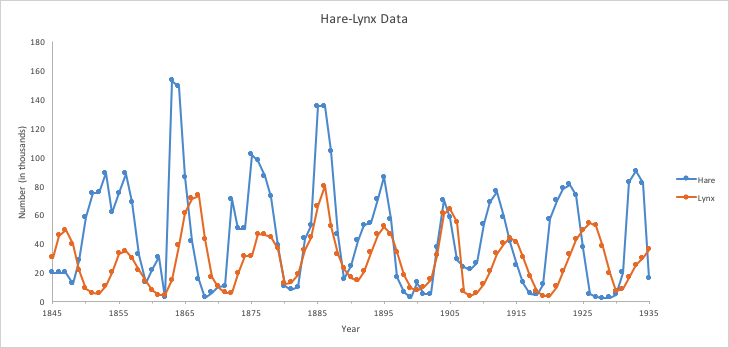
Predator/Prey Graph
Predator/Prey Relationship

What variation(s) are seen in the rabbit population?

Fur Color, Ear Size, Ear Position, Fur Length
How do you know a population is going through natural selection?
1. There is variation in the population
2. One of the variations is favorable (favorable trait)
3. More offspring are produced than survive
4. Those that survive, will have the favorable trait
5. The population changes over time
Members of the same population are different from one another.
Variation
What do the arrows in a food web represent?

The flow of energy
How are limiting factors and carrying capacity related?
Limiting factors determine a population's carrying capacity.
If you have fewer limiting factors, the carrying capacity is larger. If there are more limiting factors, the carrying capacity is smaller.
Which butterfly is better adapted to live in a meadow with yellow flowers?
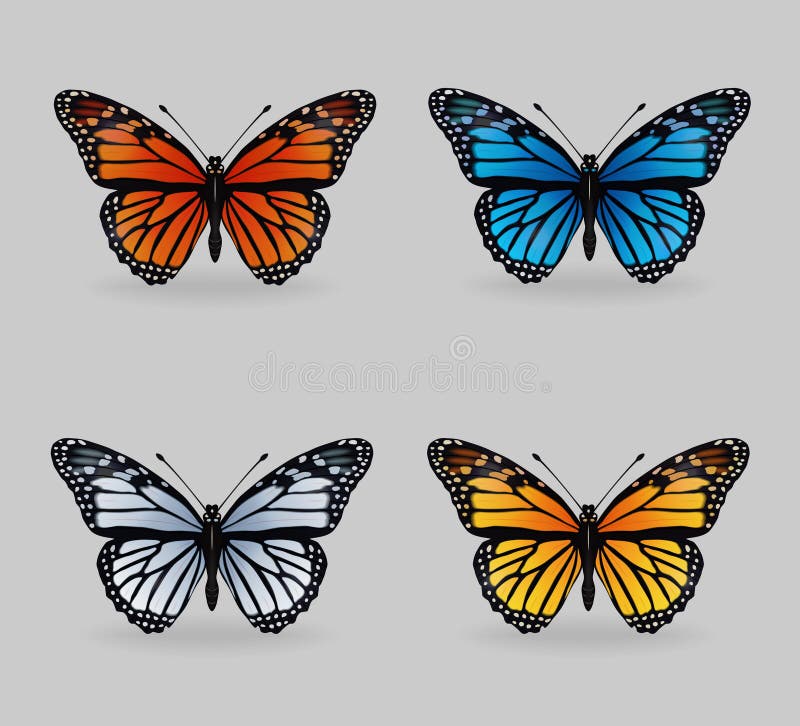
The yellow butterfly (bottom right).

What makes an organism successful?
The organism needs to survive long enough to reproduce AND pass on their favorable traits.
Consumers that get their energy from producers
Primary Consumer
Which organism(s) in the food web are primary consumers?

Grasshopper, Butterfly, Fruit Fly

The graph shows a deer population. A new shrub that the deer could eat started to grow in the forest.
What limiting factor is changed, (which will then affect the carrying capacity)?

The deer gaining a food source, so the limiting factor that is changed is the availability of food.

Being nocturnal means you are awake at night. This means you could have less predators that are awake/around, or your prey could be asleep (making them easier to catch).
Based on the data table below, at Collecting Site 2, which mouse is most successful (natural selection will select for)?
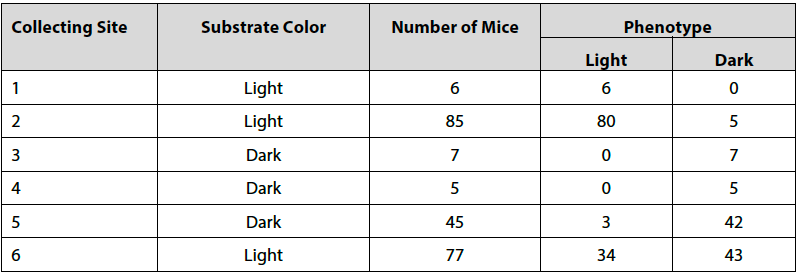
Light Mice are more successful.
(Light Fur is the favorable trait)
You can see they are successful because almost all the mice collected at collecting site 2 are light mice.

A physical characteristic or behavior that allows an organism to live successfully in their environment.
Adaptation
What is the role of a decomposer in a food web?
The graph shows a deer population. What would happen to the carrying capacity if a new shrub that the deer could eat, started to grow in the forest?

The carrying capacity would increase.

How does having a thick coat help polar bears live in an arctic ecosystem?
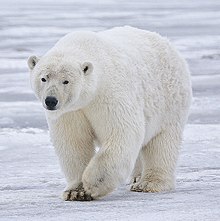
Thicker coats keep the polar bears warmer, which is important when they live in a very cold climate. This also means they can spend less energy to keep themselves warm, and use that energy for other purposes.
This image explains that ___________________
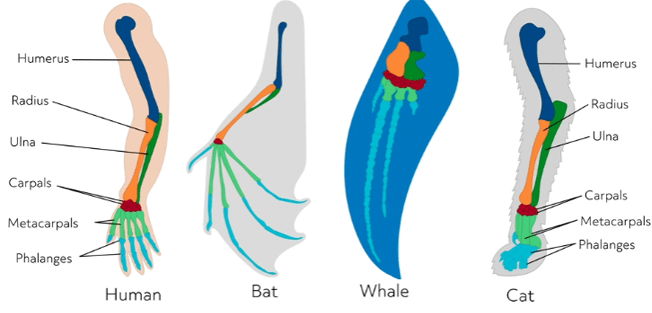
We come from a common ancestor - since all the limbs have the same bone structure, but are used for different functions.

The process where individuals that are better adapted to their environment survive and reproduce.
Natural Selection
What is a direct effect if the python population increased?

The rat population would decrease
The frog population would decrease
The wolf population would decrease
The eagle population would increase

Why is there a delay in the graph when the predator or prey population changes?
(Ex: why does the prey population decrease, and then 5 years later the predator population starts to decrease)
The change is not instant, it takes time for the lack of prey (limiting factor) to start affecting the predator.
How does having large ears help a rabbit to survive in a desert ecosystem?
The large ears have more surface area, allowing the rabbit to get rid of heat faster/more heat, and keep their body cooler.
Based on what you know about natural selection, what will the beetle population look like in the future? WHY?
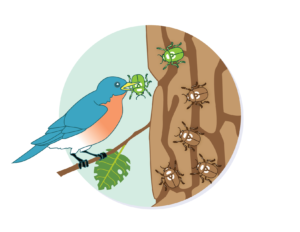
The beetle population will be mostly brown beetles.
This is because brown beetles are better able to camouflage, and have the favorable trait of being brown. The brown beetles will live longer, reproduce, and pass on the trait for being brown to their offspring.